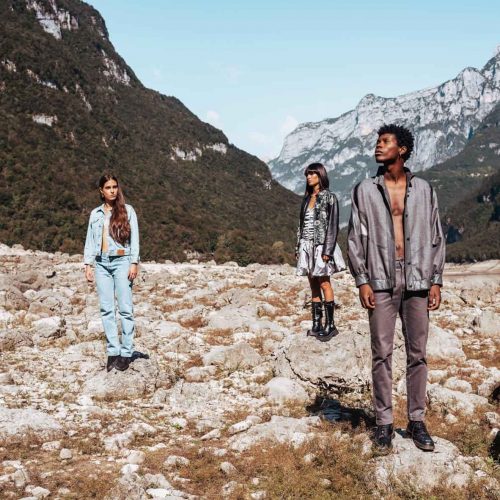Perú Moda 2022 | The Momentum of Sustainability
Perú Moda & Deco 2022 opened the doors in the middle of November, after two years of virtual held editions. A total of 200 companies from 8 regions of the country presented their best products from the clothing and decoration sector. "In harmony with nature" was the underlying concept this year as a way of creating an industry with a conscience. If we look at growing consumer awareness and transformation needs of the industry Peruvian resources and skills are up to achieve a more sustainable industry. For that reason Luxiders Magazine traveled to Lima to discover the finest sustainable fibers which can make a difference in the future.
To receive the Luxiders Newsletter, sign up here.
Taking into account the rich tools and skills such as loom weaving and buttonhole stitches, as well as tie-dying, patchwork techniques and finest alpaca wool and cotton, the chance of coming across good materials within the fair seem promising. However, sustainable and ethical aspects should also play an important role in the search for production partners or brands. “Today's buyers are much more aware of their responsibility towards the planet and nature.” affirms Amora Carbajal Schumacher, Executive President of PromPerú, to Luxiders. And she adds, “ we are not a fast fashion industry, and this is and will be valued in the future. No sooner said than done, let’s spotlight the highlight of sustainable praxis at Perú Moda.
We start our walk and stop over at Bergman/Riviera company which owns more than 15 years of experience in the promotion, production and commercialization of organic cotton while holding specific certifications such as the United States & European Union Organic Standards and the industrial processes G.O.T.S and OE-100 certifications. This does not only ensure a cotton which do not pollute soil and water, it also avoid the use of pesticides which can affect the health of the farmers and consumers. 1994 the Peruvian Government decided to promote alternative crops to replace coca leaf plantations in the rainforest. Since then The Wild Cotton Project was born, a color grown cotton with excellent performance. Wild cotton is special, since it is the recovery of an ancestral fibre, which is naturally coloured in a brownish tone and which has meant an effort to be able to spin it. It does not carry any process of dying, nor addition of pigment in its elaboration. Bergman/Riviera could until now engage 71 farmers and their families to receive a better price and above average working conditions.
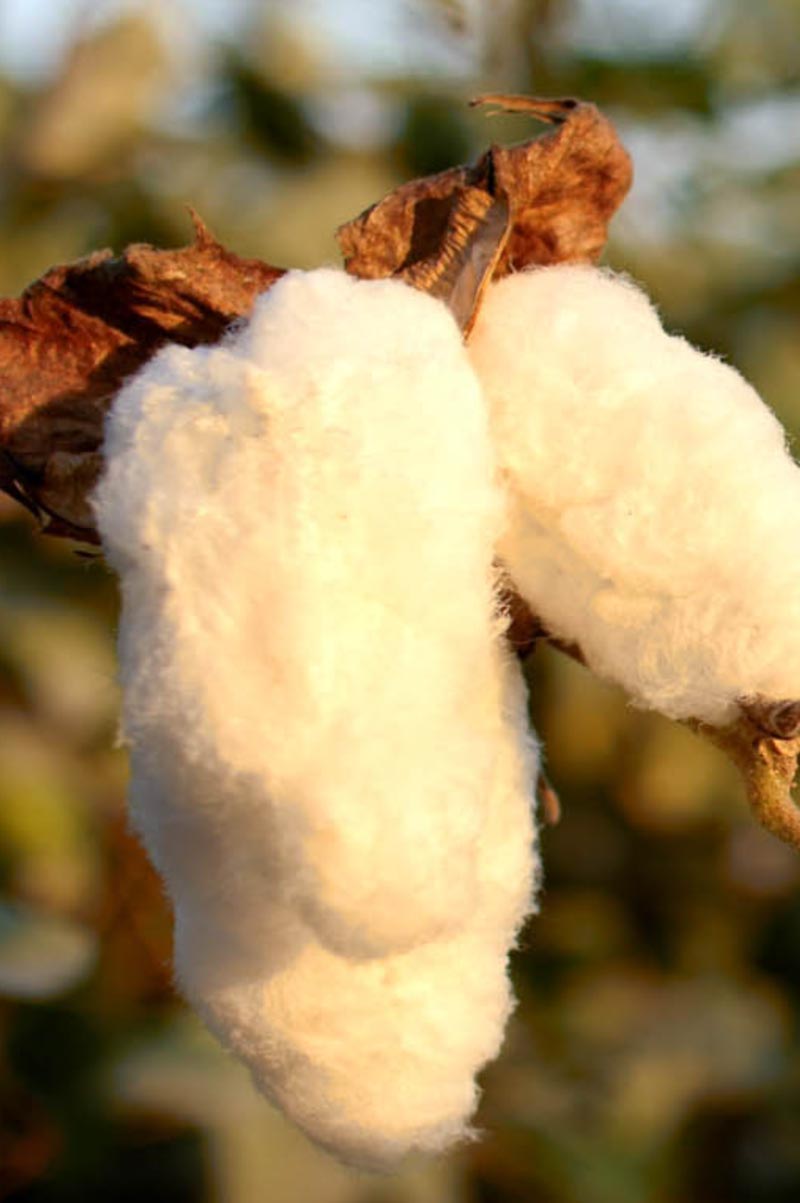
© Berman/Riviera
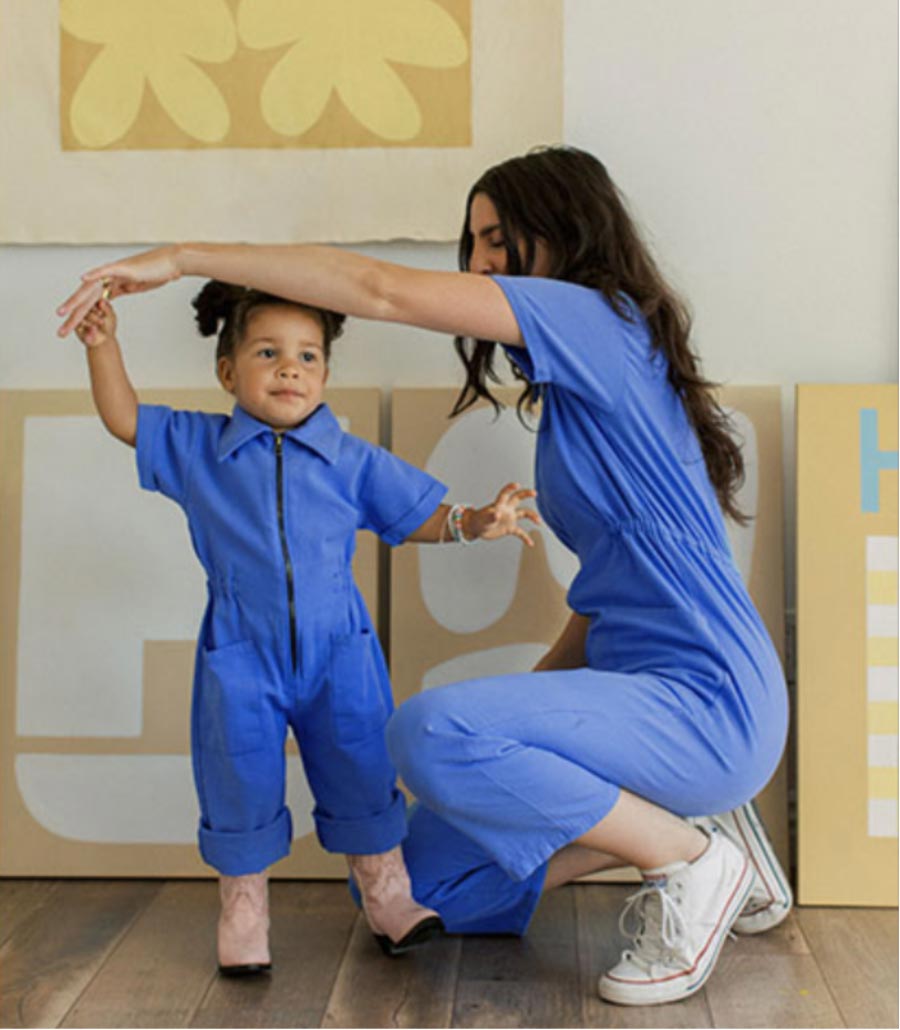
© Berman/Riviera
Around the corner we meet Amarena, a project that unites the ancient traditional techniques with the aim to transmit this culture through modern bags made of natural fibers. Everything is made by hand, starting with the fiber selection and the stripping process till the colorization process with natural dyes. In the new collection the brand carefully highlight the naturalness of essential elements and colours using materials such as Toquilla straw with eco-leather finishes and reclaimed wood.
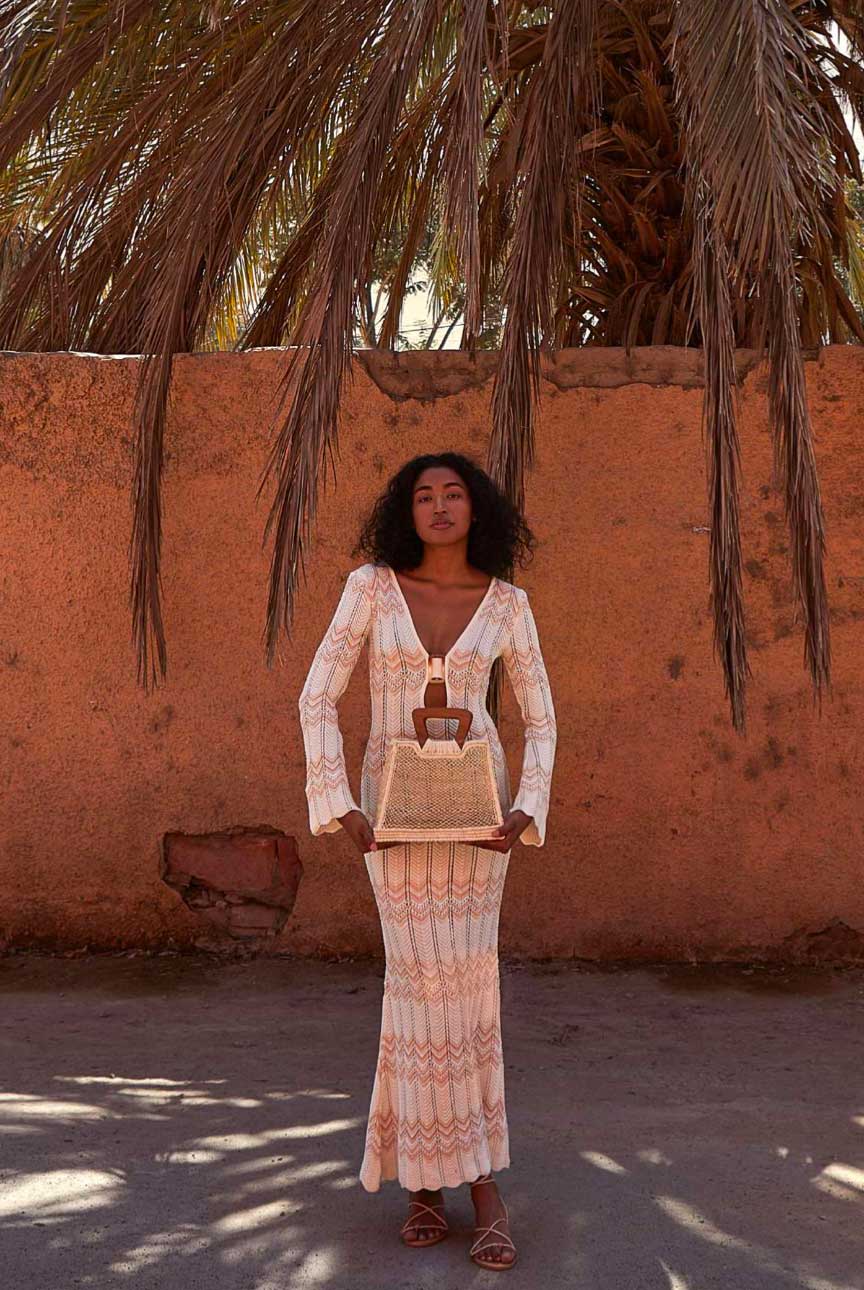
© Amarena
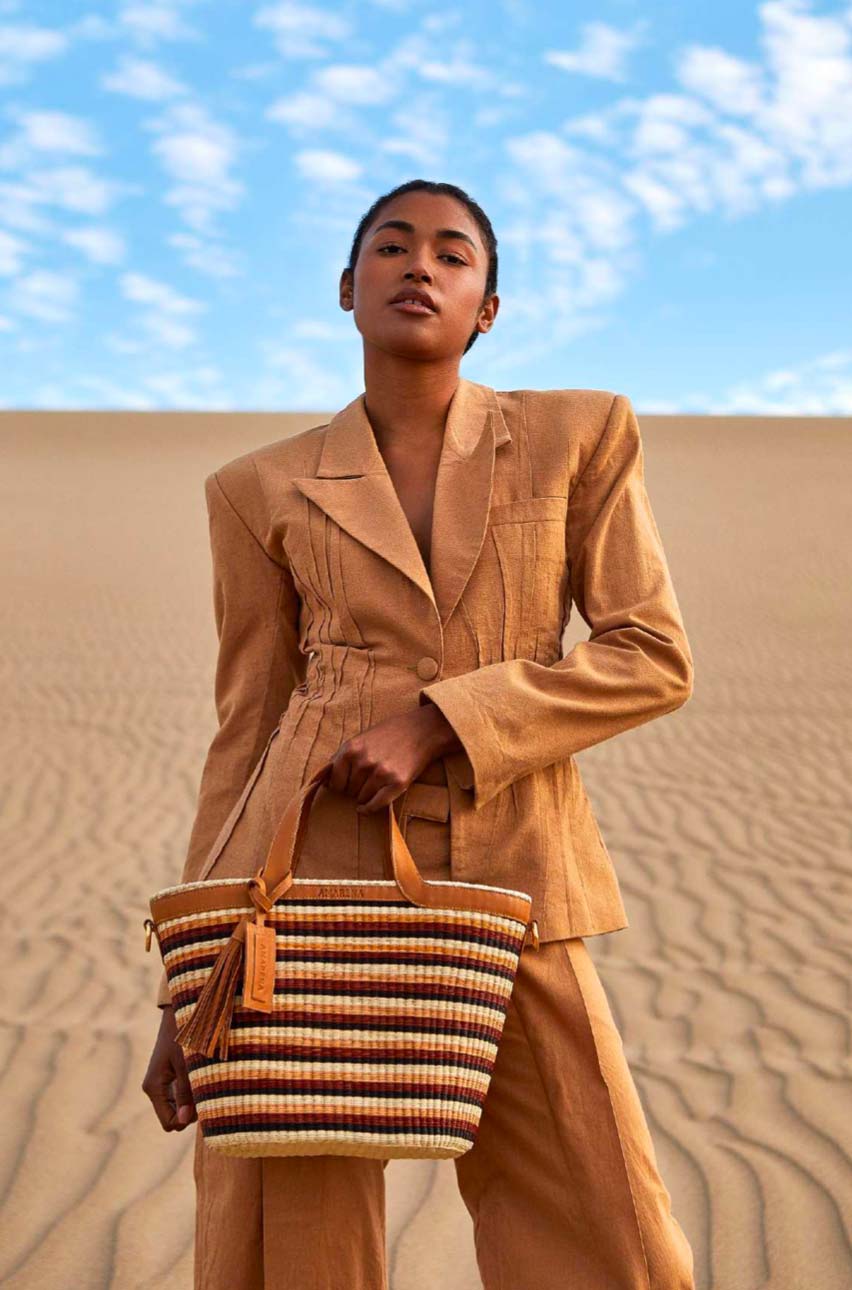
© Amarena
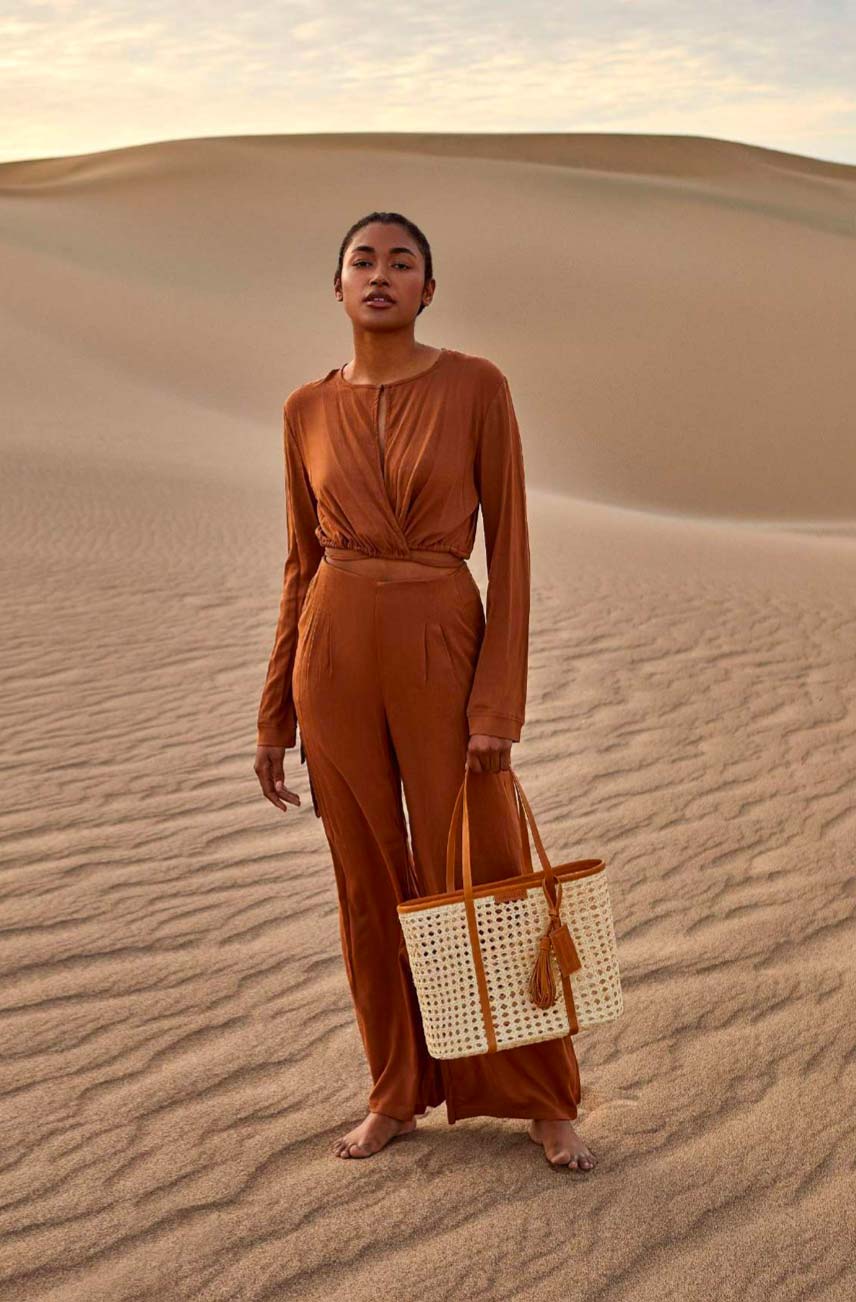
© Amarena

© Amarena
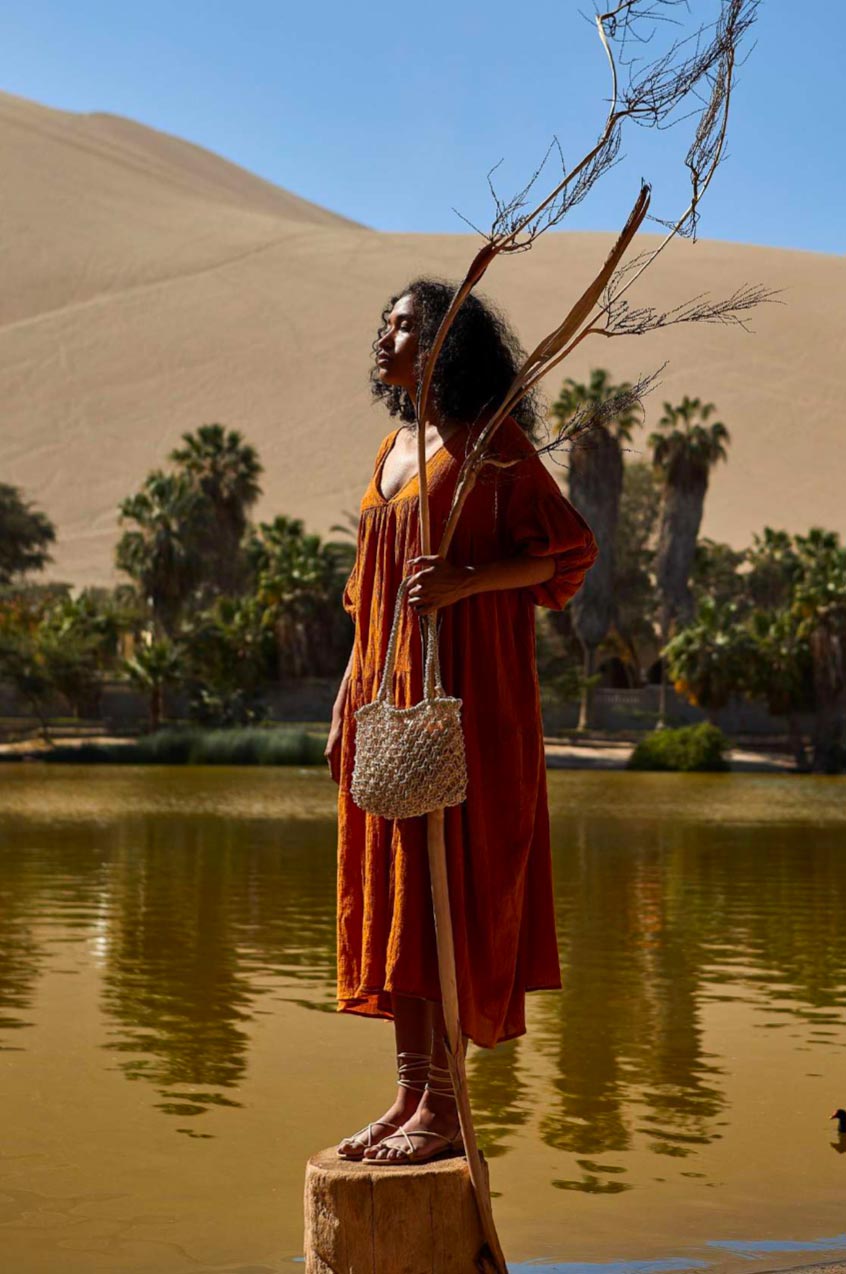
© Amarena

© Amarena
Another interesting sustainable design brand is Puna. Since 2010 the brand used to work with a wide variety of artisan techniques enriched by a contemporary and modern design approach. The product range is well diversified, so we could find furniture, textiles, clothing, accessories and utilitarian objects. All pieces are made by hand or with traditional process such as for textiles the traditional pedal loom technique.The spinning is done by hand using sheep's wool as well as the dying, done manually by the weavers themselves, mostly using dyes of natural origin. All the effort seems to fit into a slow making process, as Mariana Ortero, Creative Director Puna, says “In a massive consumerist world, where everything goes very quickly, we seek to do things again with the value of patience, love and care.”
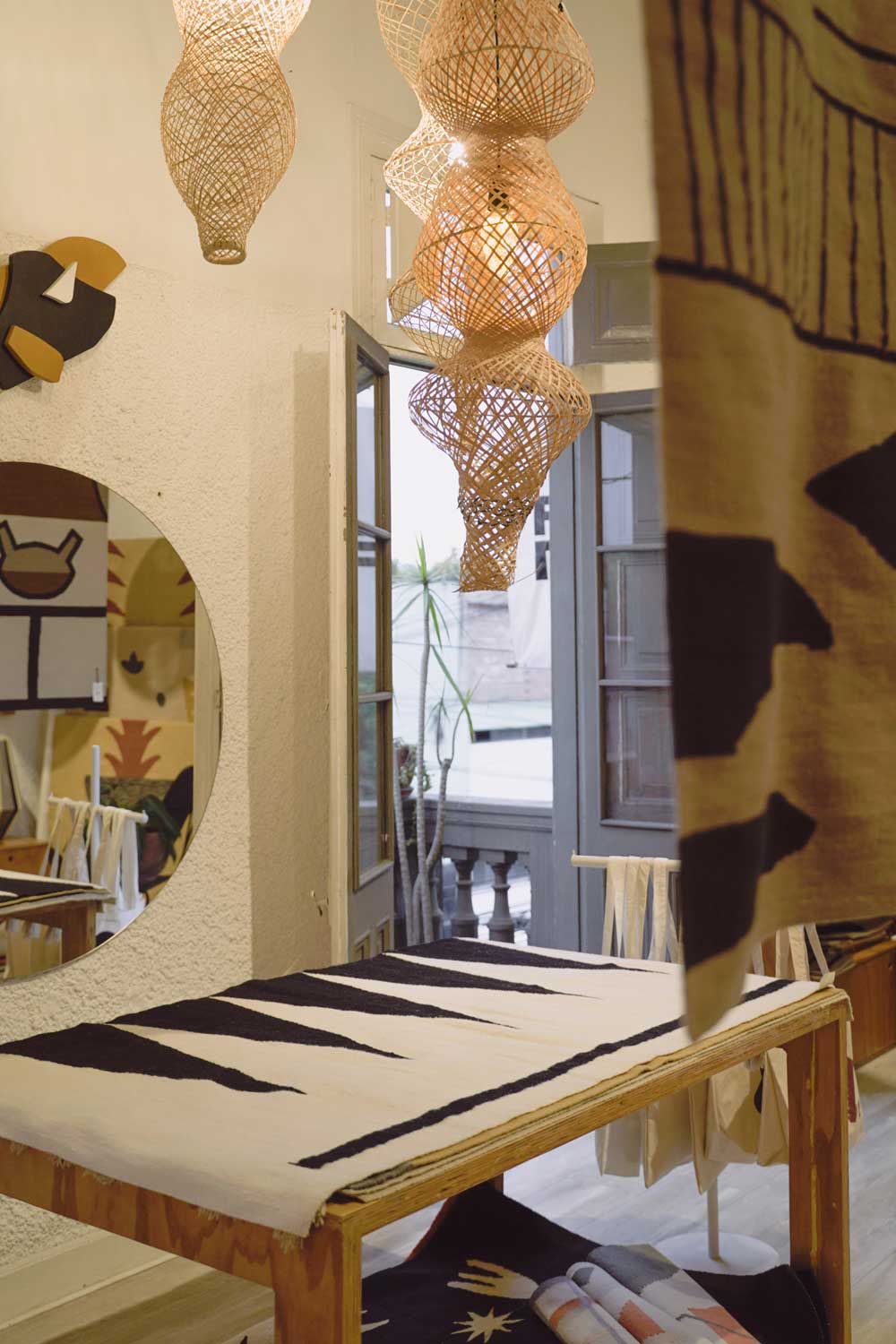
Studio Puna Lima

Studio Puna Lima
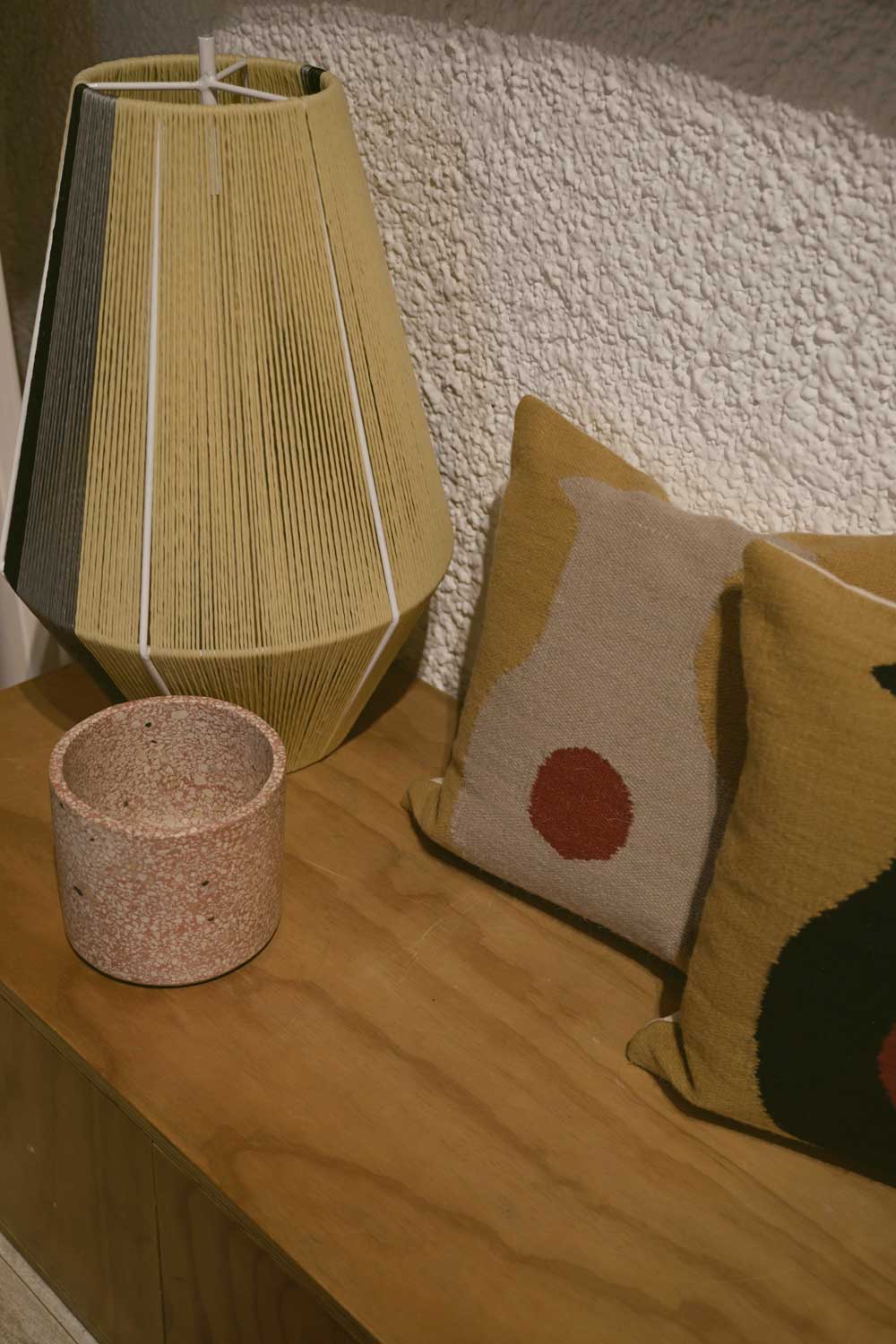
Studio Puna Lima
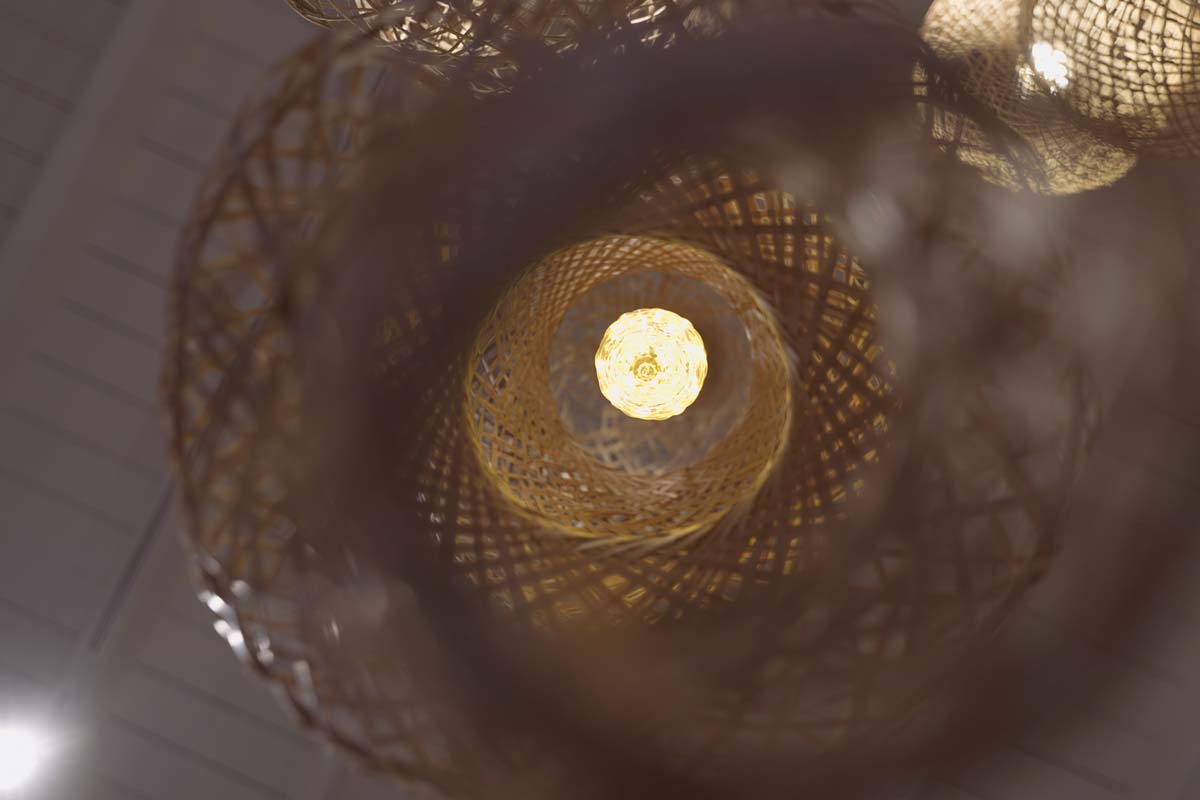
Studio Puna Lima
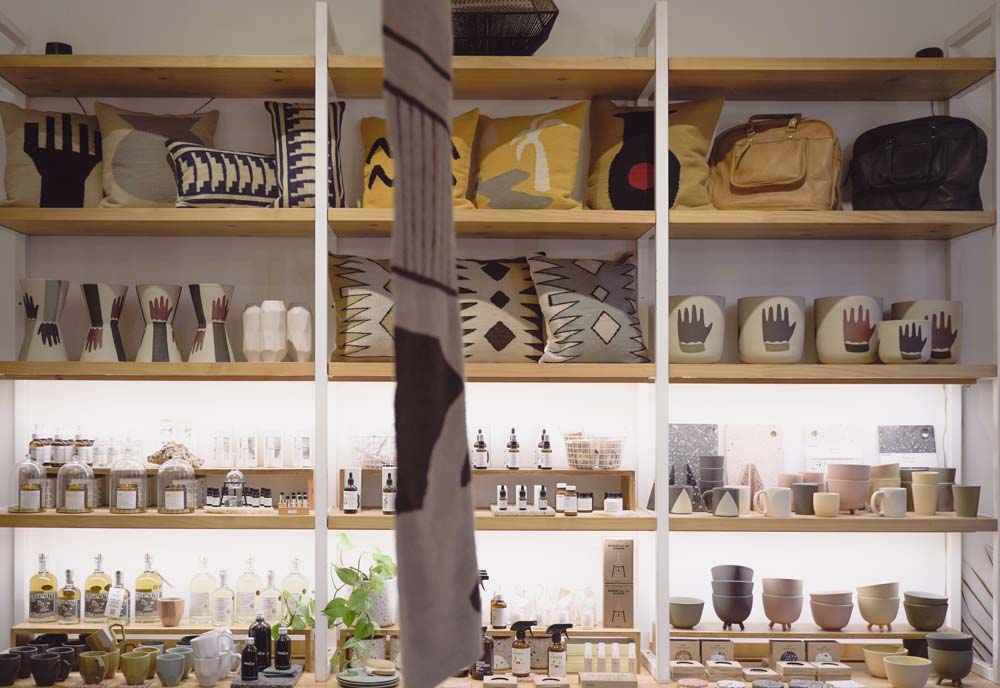
Studio Puna Lima
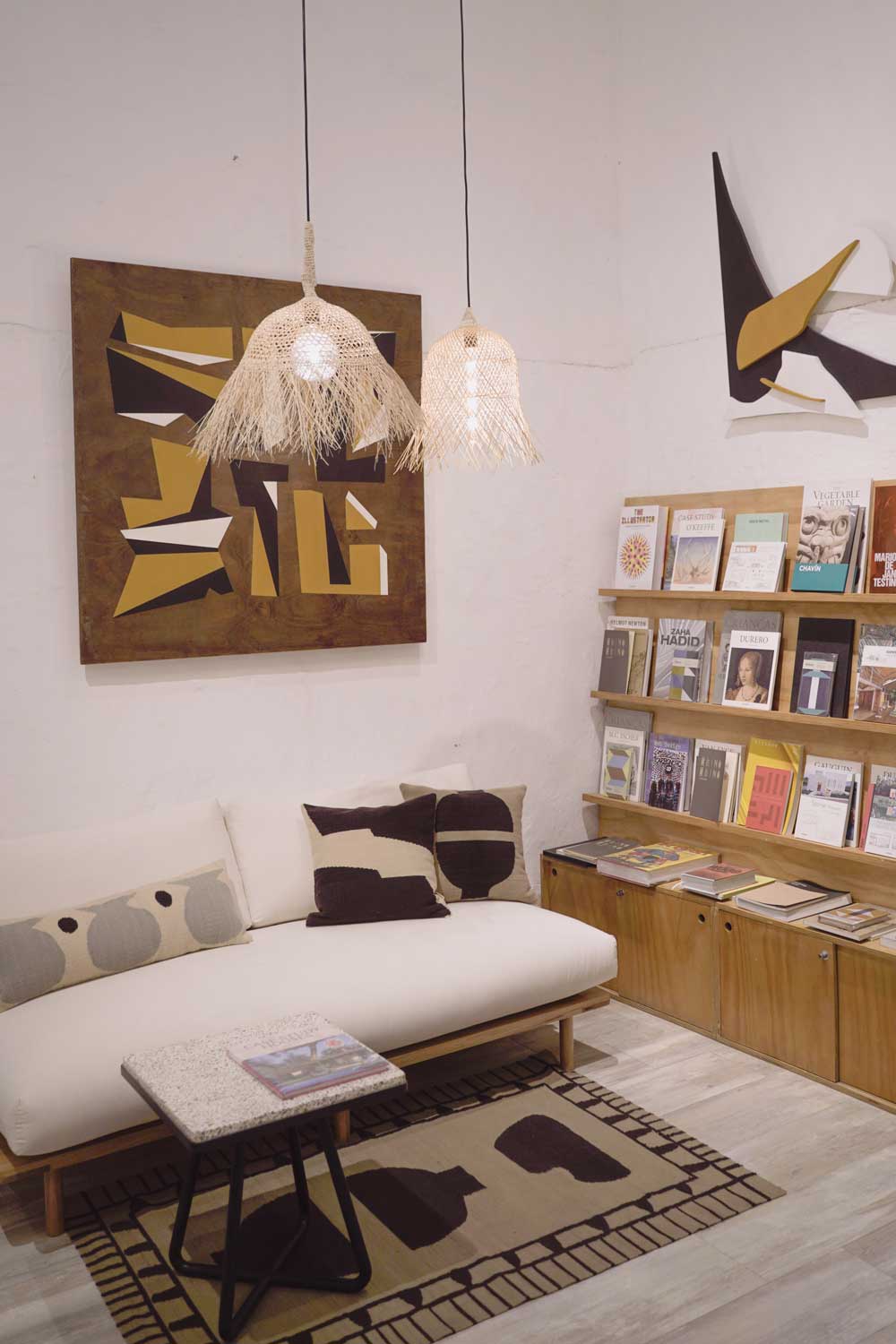
Studio Puna Lima
Last but not least we encounter Royal Knit, a company which pioneers the manufacturing of sustainable Peruvian natural fibers such as Alpaca yarns, Pima and Organic Cotton. The collection focuses on revaluing handmade garments made in Peru, promoting the payment of a fair price to their knitters, using handmade alpaca fibers coming along with full traceability. Indeed each garment offers a unique softness and durability - a performance that also could be applied to cashmere. So is there any sustainable advantage of Alpaca in comparison to other fibers such as cashmere we ask Mariela López, Managing director of Royal Knit? “ The natural habitat of the alpacas is located at more than 3800 meters above sea level, the water they consume is from springs and naturally, at that height there is no other agricultural activity. The alpaca, compared to the cashmere, does not have soil-damaging hooves, has two soft toes with spiked tips, and a soft pad on the bottom of each foot that minimizes its effect on grasses. The efficiency of alpacas is admirable because they require much less food instead than most other fiber-producing animals.” she says.
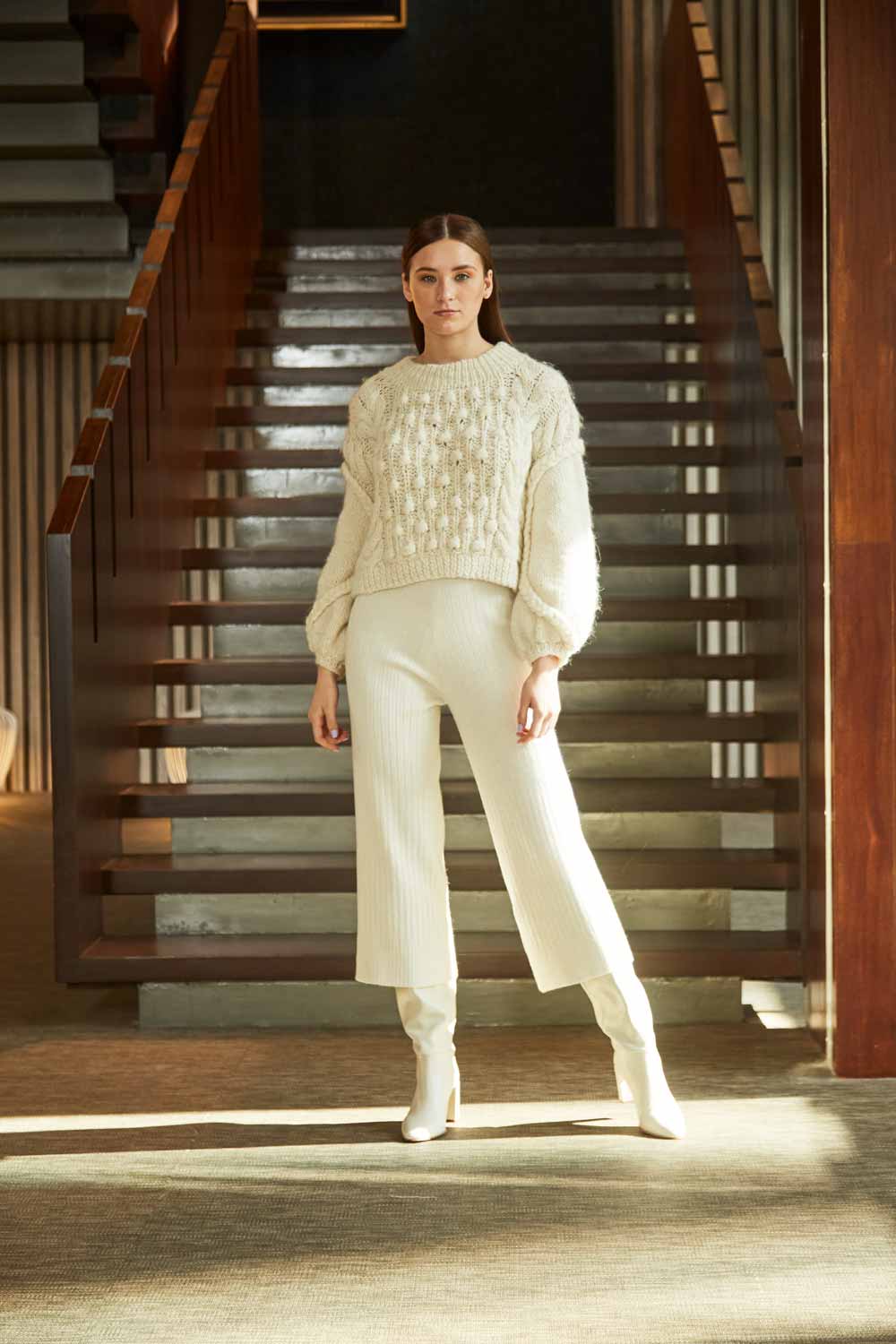
© Royal Knit
Another highlight of Perú Moda was the "Alpaca Awards", an exhibition carried out by PromPerú with the aim of promoting the Andean camelid fibre and its clothing in international markets. Experiences have been exchanged with the students of the ESMOD School and the regions of the southern zone, as they have developed cutting-edge proposals. In addition, together with the Instituto Tecnológico de la Producción (ITP), an exhibition of the alpaca value chain was held, with the idea of disseminating its process, allowing greater knowledge of its traceability.
This opportunity shows best that in Peru new generations of young students and designers already embrace the DNA of sustainability, an important milestone to secure the development of sustainability in the future.
What about the Peruvian Industry today and tomorrow? In a post pandemic era there is a clear shift towards a more conscious and sustainable Peruvian industry obvious. But not only the pandemic has brought positive aspects to rethink and generate strategies within the Peruvian textile industry. Connecting the Peruvian cultural heritage resources and skills with clear implementations of sustainable production processes and certifications will lead to competitive advantages. Perú Moda plays a bigger role as an important hub to gain an excellent insight into the Peruvian industry while it offers the opportunity to connect face-to-face with the market.
+ Words:
Jens Wittwer
Luxiders Magazine



